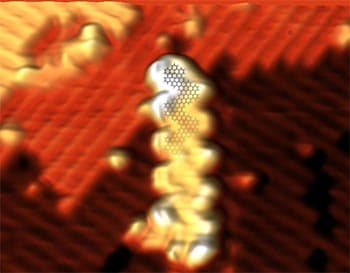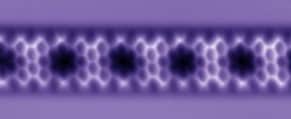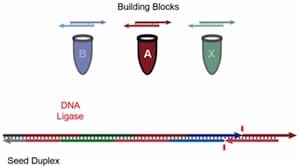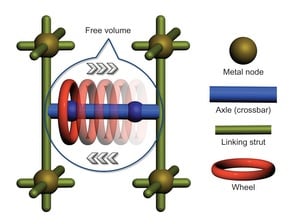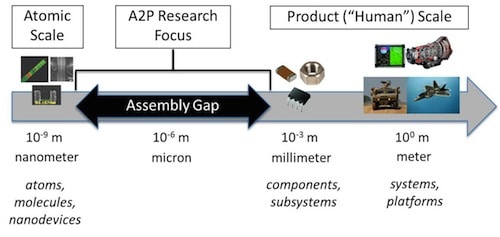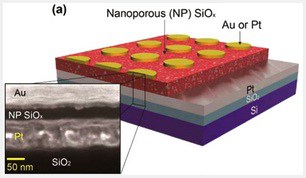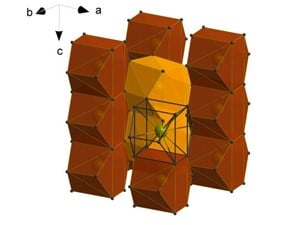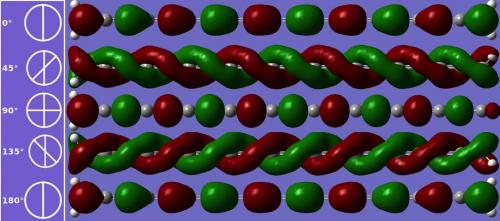Atomically precise chevron-shaped graphene nanoribbons were purified after solution synthesis, cleanly placed by dry contact transfer on a hydrogen-passivated Si surface, imaged and manipulated by scanning tunneling microscopy, and covalently bonded to depassivated surface positions.
Cleanly placing atomically precise graphene nanoribbons
